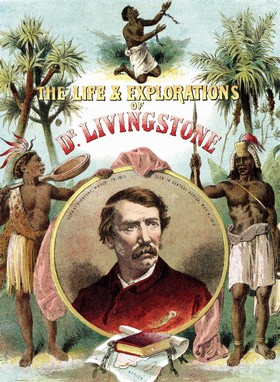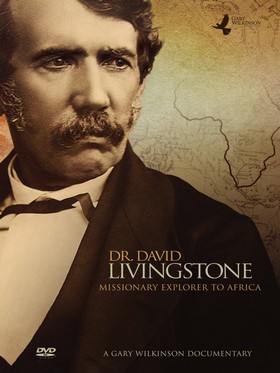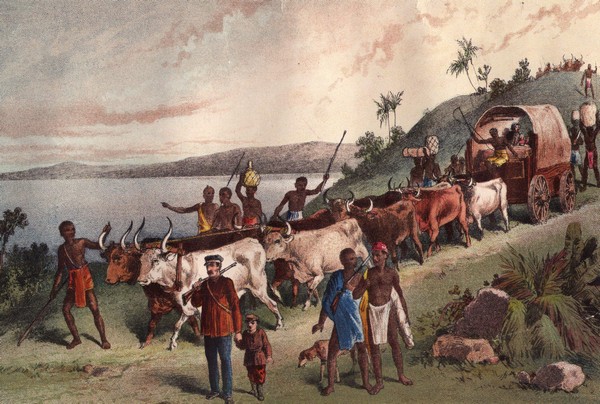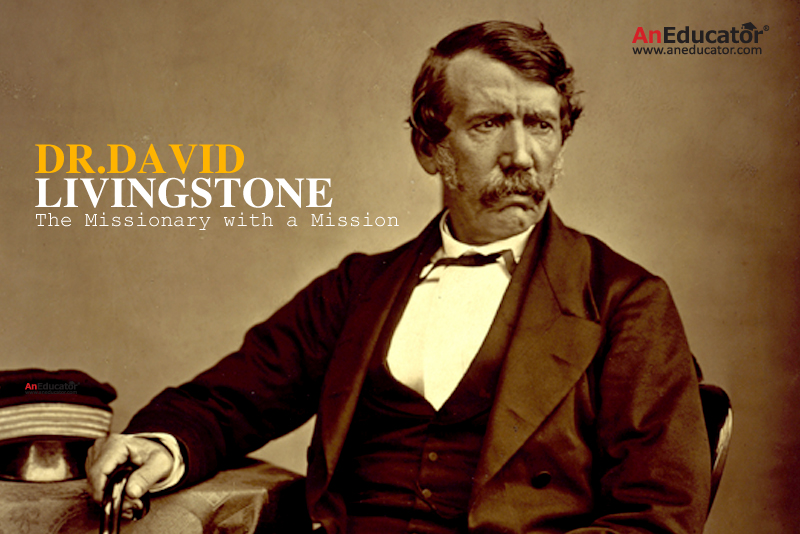1813-1873
The Missionary with a Mission
David Livingstone was born at Blantyre, south of Glasgow on 19 March 1o. 313. At 10 he began working in the local cotton mill, with school lessons in the evenings. In 1836, he began studying medicine and theology in Glasgow and decided to become a missionary doctor. In 1841, he was posted to the edge of the Kalahari Desert in southern Africa. In 1845, he married Mary Moffat daughter of a fellow missionary.
David Livingstone was a Scottish Presbyterian and a pioneer medical missionary with the London Missionary Society and explorer in central and southern Africa. His travels covered one-third of the continent, from the Cape to near the Equator, and from the Atlantic to the Indian Ocean. He was the first European to see Mosi-oa-Tunya falls which he renamed Victoria Falls after the British queen in 1855. Livingstone was also the first Westerner to cross Africa from east to west.
Livingstone became convinced of his mission to reach new peoples in the interior of Africa and enlighten them about Christianity, as well as freeing them from the bonds of slavery as he vehemently opposed slavery. In 1849 and 1851, he travelled across the Kalahari, on the second trip sighting the upper Zambezi River. In 1842, he began a four-year expedition to find a route from the upper Zambezi to the coast. This filled huge gaps in West-ern knowledge of central and southern Africa. He reached the mouth of the Zambezi on the Indian 0cean in May 1856, becoming the first European to cross the width of southern Africa.
- David Livingstone
- Born: March 19, 1813 Blantyre, Scotland
- Died: May 4, 1873 near Lake Bangweulu, Zambia
It’s a Fact When New York Herald journalist Henry Morton Stanley finally met Livingstone after searching for him, Stanley made the famous remark: “Dr. Livingston, I presume?”




Returning to Britain, where he was now, a national hero, Livingstone did many lecturing tours and published his bestselling ‘Missionary Travels and Researches in South Africa’ (1857). He left for Africa again in 1858, and for the next five years carried out official explorations of eastern and central Africa for the British government. His wife died of malaria in 1862, which became a sad event for him and in 1864 he was ordered home by the government unimpressed with the results of his travels. At home, Livingstone made public the horrors and cruelty of the slave trade, securing private support for another expedition to central Africa, searching for the Nile’s source and reporting further on slavery. This expedition lasted from 1866 until Livingstone’s death in 1873. After nothing was heard from him for many years, Henry Stanley, an explorer and journalist, set out to find Livingstone. This resulted in their meeting near Lake Tanganyika in October but Stanley was unable to convince Living stone to come back home. With new supplies from Stanley, Livingstone continued his efforts to find the source of the Nile. His health had been poor for many years and he died on 1st, May 1873 in Zambia from malaria and dysentery. His body was taken back to England and buried in Westminster Abbey. It is recorded that his body was carried to the coast from the interior of Africa by his dedicated servants.






